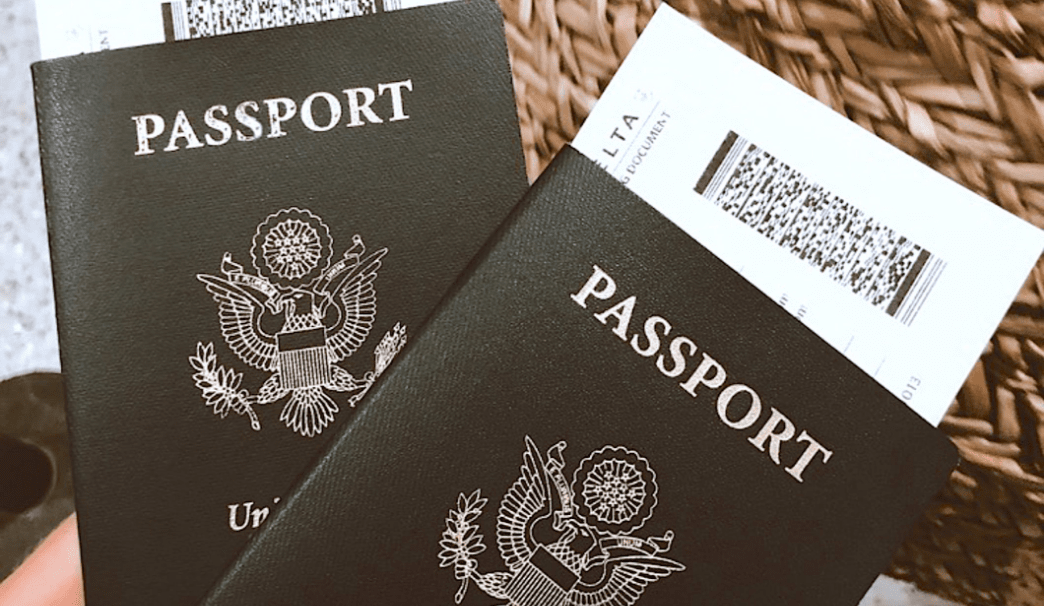Green card holders, also known as legal permanent residents, still need to pay taxes in the United States. While most aid in terms of helping immigrants is in the form of filing green card application or helping LPRs prepare for naturalization, there are less resources and educational materials available for immigrants to learn the US tax system. As such, many green card holders have to take this issue into their own hands and figure out how to file their taxes each year. The process can be complicated for some, so hopefully this guide will serve as a resource for how to navigate the IRS website as well as understanding what forms need to be filed and when.
Background
If you have resettled in the United States as a green card holder, then you have automatically been a US tax resident. Generally speaking, anyone who holds a legal status or visa in the US for more than 183 days in the past combined 3 is considered a tax resident, and this includes non-immigrant visa holders as well who are technically in the U.S. on a conditional basis to perform a job.
The date this is used almost every year for the deadline in order to file ones taxes with the IRS—Internal Revenue Service is April 15th. Last year, that deadline was extended to May 15th due to the Covid-19 pandemic, although this fiscal year it is likely to go back to the initial scheduled date.
If you’re working in the U.S. as a work permit holder and still pass the Substantial Presence Test, then you are also still considered a U.S. tax resident. Generally the only exceptions for being taxed or having to file with the IRS is in the case of J-1 non-immigrant visa holders (exchange students) who are in the U.S. to study at a university or are in the midst of a PhD program. Such residents are usually exempt from filing with the IRS.
Familiarity with IRS Site
Once you have determined that you are indeed a tax resident and need to file your taxes, the first thing you should do is either find a CPA—Certified Public Accountant who can help you file your taxes, or seek to file them yourself with the help of the IRS website. Note that if you are interested in hiring an accountant it might cost you at least $200, although prices vary.
When you get to the IRS website, the first thing you should work on is the Form 1040. This is known as the form that every tax resident needs to file annually in order to get an income tax refund. The PDF of this form is available on the website simply by scrolling to the “File” tab on the top left hand corner of the home page. From here, select “Individuals” on the drop down menu and then scroll to the actual link for the 1040 form in the middle of the page.
If you qualify as an international individual—i.e. somebody who has income both inside and outside the United States, then select this option under the same drop down menu after you click “File”.
If you are having trouble determining how to do your taxes in this instance, the IRS provides a “Contact my Local Office” link which can be of assistance. This can be found at the bottom of the International Individuals page where it says “Contact us From Outside the U.S.”. The link is available here: https://www.irs.gov/help/contact-my-local-office-internationally.














